Have you been targeted at work? Workplace harassment and discrimination can leave you feeling scared and vulnerable, and it may be hard to know where to turn for help. It’s important to know your rights and what steps to take immediately if you feel that you have been treated badly at work.
Our attorneys are experienced in workplace discrimination and can help you seek justice for your experience, protecting your rights and maintaining your dignity.
Understand What Counts as Harassment and Discrimination
To begin, let’s define what you need to know how to define harassment and discrimination. Harassment involves unwanted behavior directed at you that is related to a protected characteristic (like gender, race, or age, for example) that violates a person’s dignity or creates an intimidating, hostile, degrading, humiliating, or offensive environment. Discrimination, on the other hand, involves treating you less favorably because of a protected characteristic, such as passing you over for promotions or paying you less than someone else with the same duties.
Harassment focuses on the behavior and its impact (such as bullying or intimidation), while discrimination centers on unequal treatment based on protected characteristics. One way to look at the difference is that harassment usually involves an action and discrimination may involve the lack of an action (such as promotion, for example). Both are harmful and prohibited by anti-discrimination laws.
Let’s look into the definitions and distinctions between harassment and discrimination:
Harassment
For a behavior to be considered harassment, it must hurt the victim in some way, affecting their well-being, self-esteem, or work environment. Offensive jokes, slurs, unwanted sexual or romantic advances, constant negative comments, or other ways of creating a hostile work environment based on protected characteristics such as age, race, or gender (among others) can be considered harassment.
Unwanted Contact
Harassment involves interactions that the the victim did not invite or consent to, otherwise Unwanted contact can be verbal, physical, or visual.
Protected Characteristics
Protected characteristics are generally things about you that are an inherent part of who you are that you cannot or should not have to choose or change. They include race, gender, religion, disability, sexual orientation, and age, to name a few.
Discrimination
Discrimination occurs when someone is treated badly because of a protected characteristic like the ones mentioned above. Discrimination can be intentional (direct discrimination) or unintentional (indirect discrimination). Intentional/direct discrimination might be something like making a conscious decision not to promote women to positions of leadership, for example.
Unintentional or indirect discrimination involves rules or policies that are the same for all employees but that might negatively impact certain people. For example, a policy that forbids eating outside of a designated lunch break might negatively impact an employee with diabetes who needs regular snacks. A bathroom that requires going up steps might unintentionally discriminate against disabled employees. These are just a few examples.
Unequal Treatment
Discrimination involves different treatment based on a protected characteristic. It can occur in employment, housing, education, and public services, for example. Refusing to hire someone due to their race or religion, paying an employee less because of their gender, or denying housing based on disability are examples of discrimination due to unequal treatment.
How to Respond to Experiencing Harassment or Discrimination at Work
Document the Incident
When you experience harassment or discrimination, write down all of the details as soon as possible. Waiting to make note of the details may make it more difficult to remember things that could help your case. Remember that your notes can serve as critical evidence if you decide to take legal action or report the incident. Here’s how to create an effective record:
Record the Incident Details
Note down the exact date and time when the incident occurred. Say where it happened (workplace, public space, online platform, etc.) and list the individuals who were there, including any witnesses. Write a detailed account of what happened. Include direct quotes if possible, and try to be objective and factual.
Capture Relevant Information
Identify the person responsible. If you don’t know their name, describe them (e.g., coworker, supervisor, stranger). Mention your specific protected characteristic (e.g., race, gender, disability) that was targeted, and describe the other person’s offensive conduct, comments, or actions. Be specific and accurate.
Keep a notebook or use a secure digital app to record incidents so that all of your notes are in the same place. Describe how the incident affected you emotionally, mentally, or physically. Note any distress, anxiety, or fear caused by the harassment or discrimination. You may think of more to add later, but note the date and time of your entries and be specific in your references to past events to maintain a clear timeline.
Report the Incident
You should report the incident to your supervisor or human resources department. If your supervisor is the one harassing or discriminating against you, report to their supervisor or directly to human resources. Give them the documentation you’ve gathered.
Seek Legal Advice
If the harassment or discrimination continues or if your employer punishes you somehow for reporting, you should seek legal advice. A lawyer can guide you on the next steps, which may include filing a complaint with a government agency or a lawsuit.
Take Care of Your Mental Health
Experiencing harassment or discrimination can take a toll on your mental health. Seek support from trusted friends, family, or a mental health professional. Remember, it’s not your fault, and you have the right to a safe and respectful workplace.
Speak to an Attorney About Workplace Issues
Experiencing harassment or discrimination at work is upsetting, but knowing the steps to take can help you through this challenging situation. Remember to document the incident, report it, seek legal advice if necessary, and take care of your mental health. You have the right to a workplace free from harassment and discrimination. Stand up for your rights, and seek a fair outcome for the harm you’ve suffered.
Remember, you are not alone. There are resources and people who can help, as well as laws to protect people in your situation from retaliation. Don’t hesitate to reach out and seek the support you need. By taking these steps, you can help to make sure that others don’t have to go through what you did.
Call Linton Robinson & Higgins, LLP today at (877) 590-4488 8 to schedule a free consultation with our team. We can review what happened to you in your workplace and identify a plan to seek justice.




